Geonet Water Flow Innovations in Geosynthetics Industry
Geonet water flow technologies are advancing rapidly, resilient infrastructure through improved drainage solutions.
Tel: +86-411-39569550 | E-mail: info@geofantex.com/geofantex@gmail.com
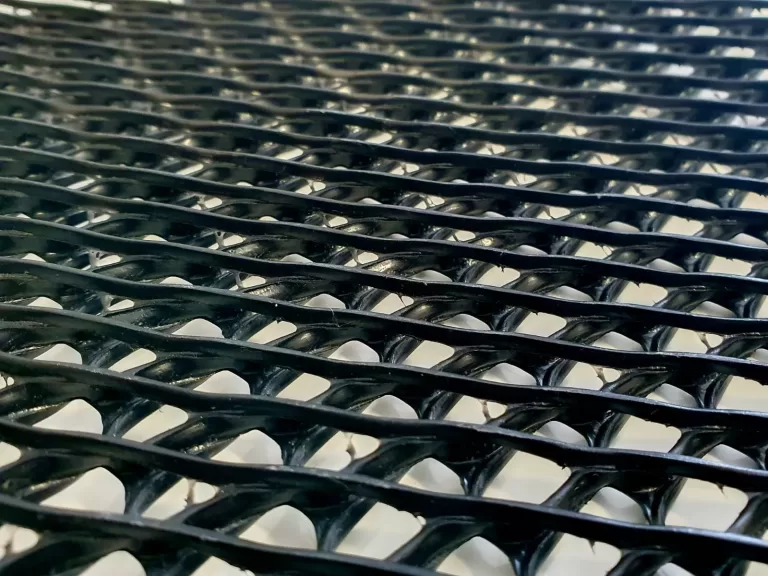
Geonet water flow technologies are advancing rapidly, resilient infrastructure through improved drainage solutions.
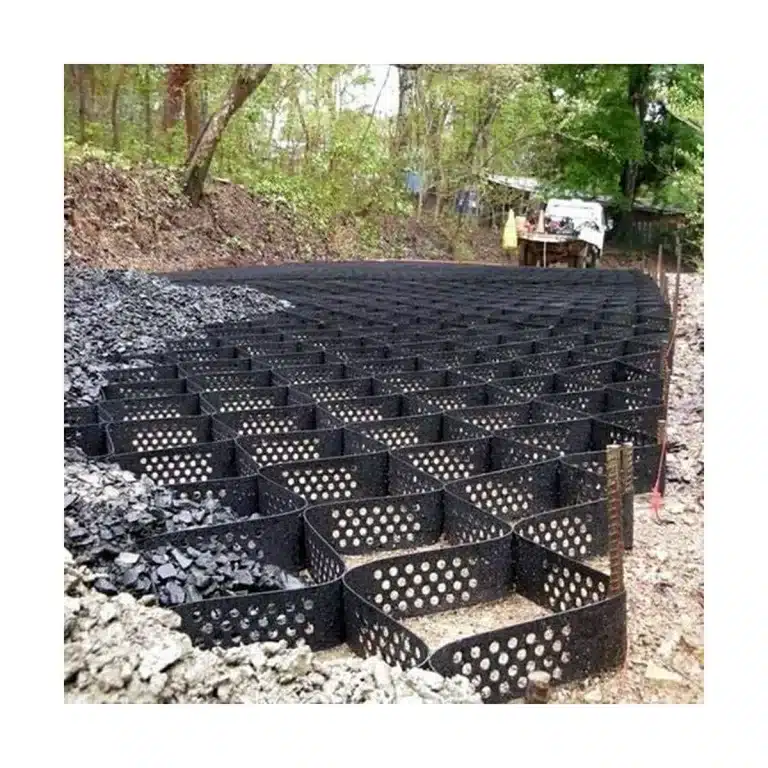
A geocell gravel driveway is an innovative solution for homeowners and businesses looking for a durable, low-maintenance
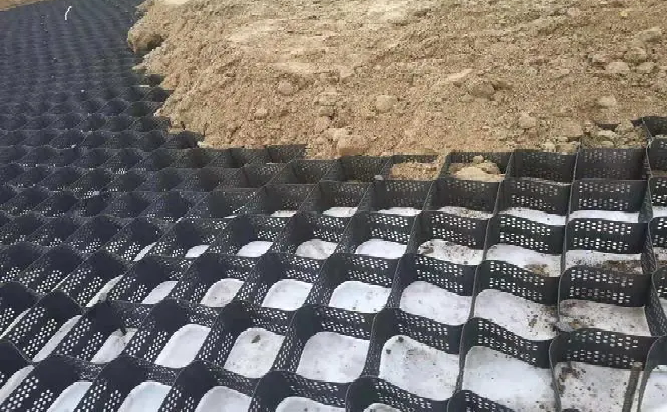
A geocell driveway is an innovative solution for stabilizing soft or uneven ground, providing durability and erosion control.
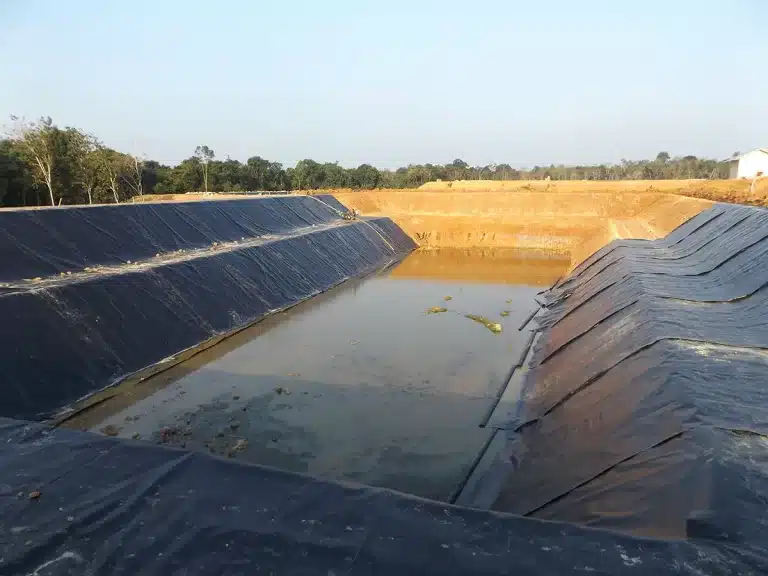
The HDPE geomembrane liner is a crucial material in geosynthetics, widely used for environmental protection and water management.
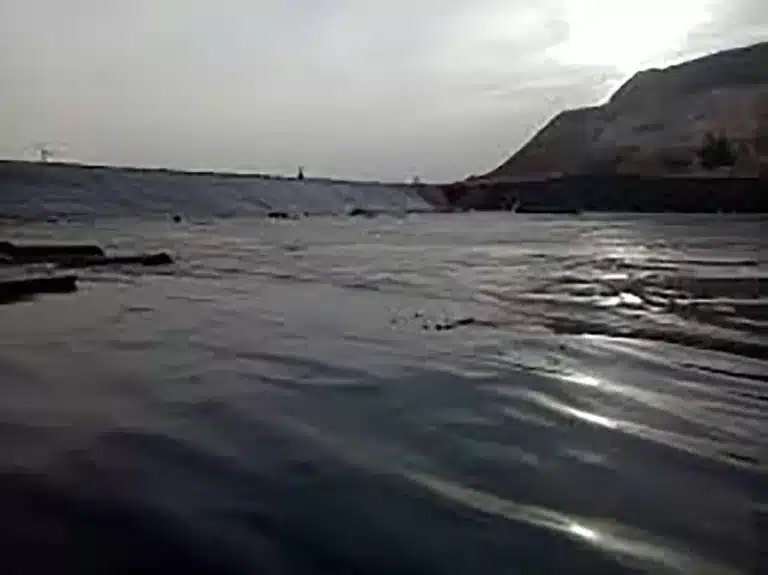
By staying ahead of industry advancements, geomembrane liner companies continue to improve containment solutions, ensuring safety.
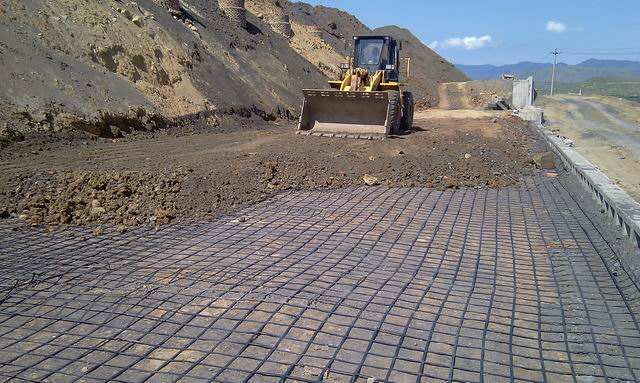
The use of geogrid for driveways is transforming the way we approach driveway construction. From residential homes to commercial properties.
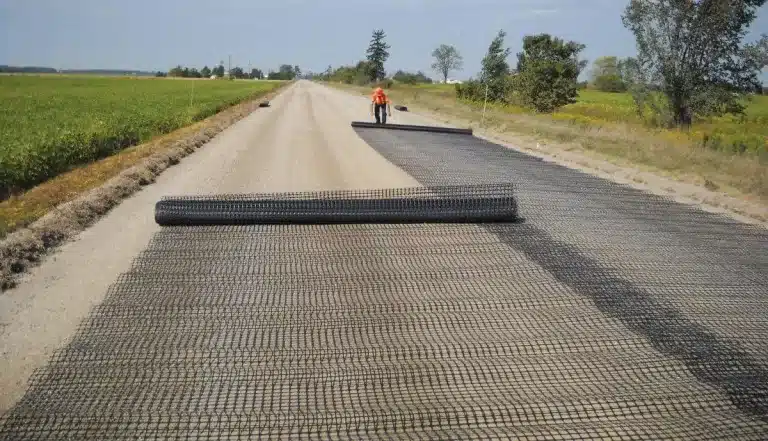
The use of geogrid driveway solutions has transformed the way engineers and contractors approach soil stabilization, erosion control.
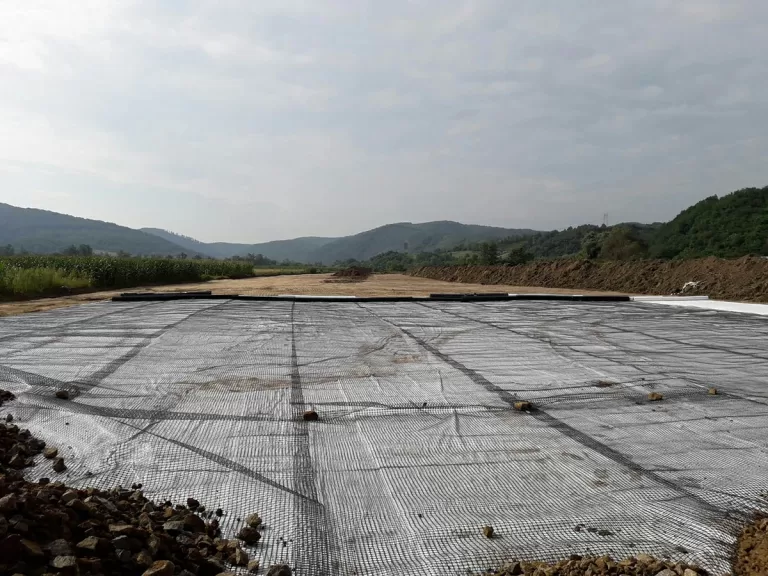
Geosynthetic systems continue to play a pivotal role in modern infrastructure, offering innovative solutions across various sectors.
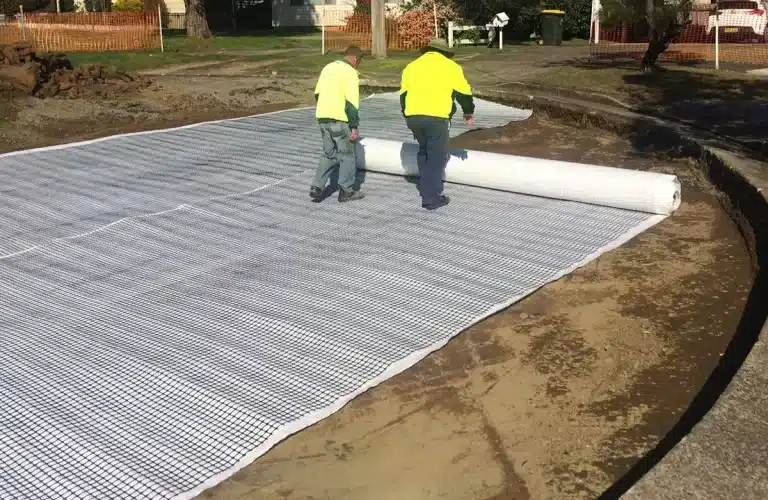
Particularly concerning geosynthetic materials. These developments span market growth, strategic acquisitions, technological innovations.
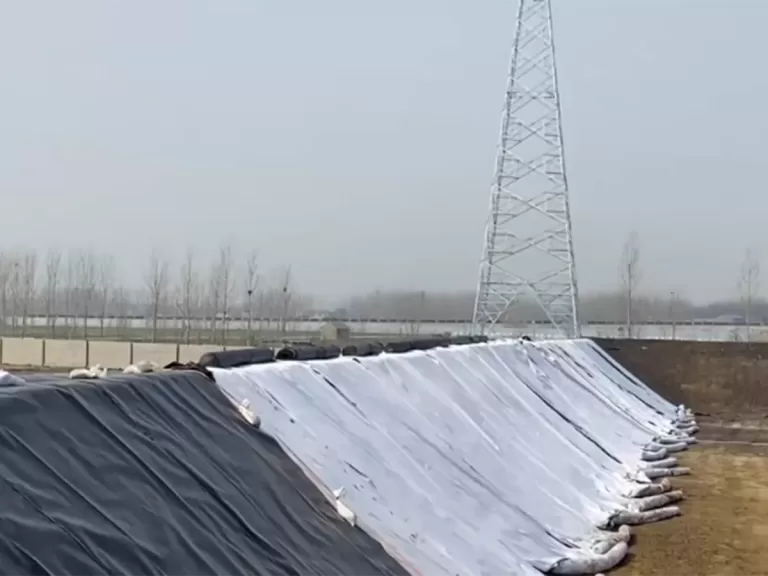
Geotextile fabrics in construction projects offers numerous benefits, from improving drainage to preventing soil erosion.
End of content
End of content
WhatsApp us